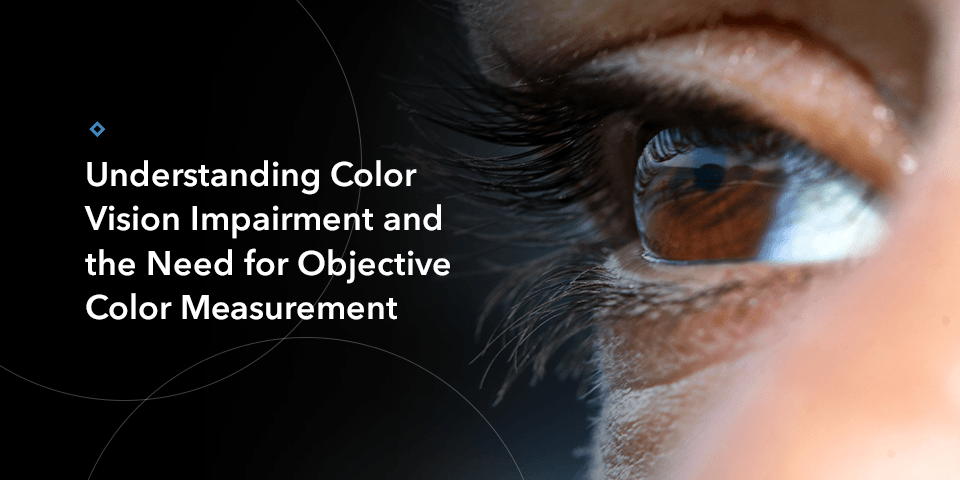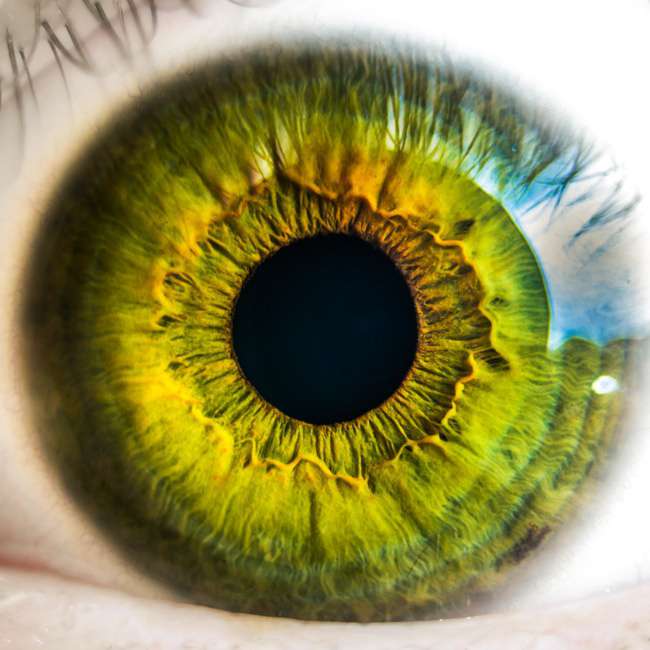
The human eye is a truly remarkable and intricately designed system. A healthy eye has millions of retinal photoreceptors in the form of rods and cones, allowing us to translate light into color. As a result, most of us are able to see at least a million different colors, with some experts maintaining that the true number is as high as high as 10 million.1 This astounding perceptive ability is surpassed by few species in the natural world and suggests that color vision has conferred important evolutionary benefits for humans, perhaps explaining why we have developed such strong emotional associations with and preferences for certain hues. However, congenital or acquired damage to any component within the delicate optical apparatus can impair your ability to accurately perceive color and there are a number of inherited disorders, diseases, and medications known to interfere with color vision.

Inherited Color Vision Disorders
Most color vision impairment is the result of inherited color vision disorders that arise due to abnormal photoreceptor cell function, including:
Red-Green Color Blindness
Red-green color blindness is a sex-linked trait and by far the most common color vision disorder, affecting up to 8% of men and 0.5% of women. This type of color blindness results from missing or damaged L-cones (protanopia or protanomaly) or missing or damaged M-cones (deuteranopia or deuteranomaly), creating difficulties distinguishing between reds and greens as well as blues and greens, grays and purples.
Blue-Yellow Color Blindness
Blue-yellow color blindness is far rarer than red-green color blindness, representing fewer than 1 in 10,000 people with color vision disorders, and is not sex-linked, meaning men and women are affected equally.
This condition can either take the form of tritanopia, in which S-cones are completely missing, or tritanomaly, in which S-cones are present but damaged. Blue-yellow color blindness can be a misleading name, as the disorder does not create difficulties distinguishing between blues and yellows, but rather, causes those with the disorder to confuse yellow with violet and blue with green.
Achromatopsia
Achromatopsia is a hereditary disorder that results from abnormal cone function, significantly reducing or eliminating your ability to see color. Unlike what is typically called color blindness, achromatopsia is rare, affecting between 1 in 30,000 and 1 in 50,000 people, and involves a complete or near-complete lack of color vision; in the most severe cases, you see only shades of white, black and grey.
In addition to impaired color perception, achromatopsia causes a number of additional vision problems, including involuntary eye movements, low visual acuity and increased light sensitivity.
Cone-Rod Dystrophy
Cone-rod dystrophy is an inherited disease that damages light-sensitive cells in the retina, impairing vision sharpness, peripheral vision, and color perception in an estimated 1 in 40,000 people. In some cases, color vision impairment is present at birth. In other cases, photoreceptors deteriorate over time to progressively impede color perception.

A number of health conditions can damage eye tissue and create color vision changes. Image Source: Pexels user Tomasz Bazylinski



